One of the topics that comes up again and again in the romance-writer blog + Twitterverse is the whole issue of how to define what sort of romance-with-sex one is writing or reading, as the case may be. Is it a sexy romance? An erotic romance? Erotica?
In our post-Fifty Shades world, it seems like the lines are blurring more every day, and the whole business seems worthy of investigation in the hope that we might be able to nail down the tent flaps a bit — or at least amuse ourselves trying. Thus, I’ve conducted a “wonko weigh-in” on the subject, asking the Wonkomance contributors and a few distinguished guests to share their opinions and personal flow charts.*
*There aren’t actually any flow charts.So, without further ado, a group interview / weigh-in, with contributions from Wonksters Del Dryden, Serena Bell, Mary Ann Rivers, and Shelley Ann Clark and guest wisdom from agents Courtney Miller-Callihan of Sanford J. Greenburger Associates and Laura Bradford of Bradford Literary Agency, as well as Ellora’s Cave editor-in-chief Kelli Collins. (I’ve included brief bios for each of our guests at the end of the post.) I jump in here and there to sort of guide the discussion along.
RUTHIE: How do you define “erotic romance,” as distinguished from a romance that has open-door sex scenes but is NOT an erotic romance (and would probably be called a “mainstream romance”)?
DEL: I think this distinction gets more hazy all the time as mainstream romances become more and more explicit. However, I think some “tells” remain. One is the language. While they’re certainly not immune to euphemisms, characters in an erotic romance are really unlikely to think of their ladyparts as “down there”, or the gentleman’s manly unit as his “manhood” or such. Standard naughty-bit terms for erotic romance are pussy and cock, with some wiggle room (heh) for usage of “dick” or “prick”. In an erotic romance a clit is usually a clit. Sex may even be referred to as (gasp!) fucking. Also, certain acts (anal) are pretty common in ero rom but almost never seen in a mainstream romance.
An erotic romance is also more likely to focus more on the main characters’ sexual relationship than their out-of-the-bedroom relationship. They get to know one another via sex. Most of the plot and character development is played out in that arena. Sometimes it comes down to a question of proportion. When you achieve a certain critical mass of sexytimes in relation to non-sexytimes, you leap over into erotic romance.
LAURA: In general, mainstream romances have gotten more explicit over the last 5+ years and I think that a romance can be pretty spicy in terms of the language, the acts, the sheer amount of sex and still qualify as a mainstream romance albeit a really, really sexy one. I think the defining characteristic of this group is that the relationship between the hero and heroine is, well, ROMANCE driven (as opposed to sex-driven) and it stops short of really getting heavily into what would be considered kink. . . . I really don’t think the presence of a certain word (or words) automatically turns a mainstream romance into an erotic romance. And I don’t think the presence of, say, handcuffs in a sex scene automatically makes a mainstream romance an erotic romance. There is a decided difference between a scene in which the heroine uses a pair of joke pink fuzzy handcuffs she got as a doorprize at a bachelorette party one time and a scene where the heroine is manacled to the wall in a sex dungeon designed for D/s play. Nor is the difference defined by anything as simple as the number of sexual encounters in a book. If a character in a mainstream romance uses the word “pussy,” that does not change how I would classify the book.
COURTNEY: For me, the key difference between “erotic romance” and a romance with explicit sex scenes is whether the sex is really central to the storyline. A sex scene should ALWAYS move the plot forward and further the relationship between the characters, but in non-erotic romance it’s often possible to imagine those scenes taking place “off stage,” or dialing down the heat level (as in an inspirational romance), without doing damage to the central story. But in erotic romance, the way the characters relate to each other physically and sexually is so central to the story that without the sex scenes, there’s no story at all.
KELLI: [At Ellora’s Cave], we’ve long defined the difference thusly: If you can neatly cut the sex scenes out of your book, just remove them wholesale without any other changes to the manuscript, and the end product still makes seamless sense? You do not have an erotic romance. You have a romance (maybe) with sex.
In erotic romance, all parts of the relationship, including the sex and the (oft-overlooked) sexual tension, is an integral part of the conflict. Just as a hero needs his heroine (or another hero, or both) to find fulfillment, an erotic romance needs sexual content to be complete. Let your sex scenes inform the readers, reveal subtle things about your characters, reveal facets of their personalities we wouldn’t otherwise see, and directly or indirectly help drive the plot toward a satisfying conclusion.
SERENA: To me, “erotic romance” is a story otherwise classifiable as a romance (love story w/HEA) where the primary goal, motivation, and/or conflict (GMC) for the hero or heroine (or the story goal) is about sex. There are loads of possible examples — the heroine is trying to become sexually responsive in the wake of abuse or rape, the hero is determined to win the heroine over to a kinkier way of doing things, the hero wants to win the heroine’s love but has an erectile dysfunction issue. Contrast this with a story where the primary GMCs are about other, non-sexual things, like dealing with a dying parent, learning to trust, winning a boating race, or prevailing in some kind of heroine-against-hero conflict, like if one of them wanted to build a shopping mall on the other one’s grandma’s grave. (Dibs on ED and grandma’s grave stories. I know. You can’t WAIT.)
I’ve heard people describe it as a story where you can’t “close the door on the sex scenes without taking away from the story” but to me that’s a necessary but not sufficient condition–you shouldn’t be able to EVER close the door on a sex scene in a romance without taking away from the story, if you’re doing it right, because every scene in a romance should develop the romance and add to the growing intimacy between the characters.
MARY ANN: To me, this distinction is made, to use a sort of writerly shorthand, via the conflict/goals/motivations of the characters. Erotic romance establishes conflict with the sexual relationship–either the sexual relationship itself is a conflict, or other action in the story exerts conflict on the sexual relationship. Further, the goals of the characters are to achieve resolution of their emotional arc as well as love through the erotic action of the story. And not that sex isn’t a kind of foundational motivation, but in erotic romance, I see that the characters are pushed to pursue their goals via erotic opportunity.
Thinking about it this way, I can take the explicitness of the scenes off the table. I’ve read romance with very explicit scenes — Elizabeth Hoyt comes to mind — that are romance because even if erotic opportunity twines with other action to move the character, other internal and external forces for the character are at play. Erotic romance keeps the focus on a particular moment in the characters’ life where eroticism and sexual communication underpin almost all of their choices.
Sexual development is an incredibly complex aspect of our development as people. Neither romance with explicit sex or erotic romance will provide the reader with more or less breadth or depth when it comes to story satisfaction. There are thin romances, and thin erotic romances, and the reverse is true, as well. I think it was Cara who said once, and I can’t remember where, that a book is looking at a specific story, a space of time, of THESE characters. The assumption is that these are fully lived and developed characters ALL the time. As a writer, we can choose to tell the story of those characters at a time when sex and eroticism was defining their choices, or at a time when sex is an important part of their lives but other, competing forces are at work.
Mainly, this is how I think about it because I feel it is important to remove explicitness as a rubric for categorization. I feel that the level of explicitness is tied to characterization, or to the energy of the scene itself. Ruthie, for example, in the same book, will have very explicit scenes focused on the erotic energy of the moment, and also near closed door scenes that have other external pressures or elements of characterization that are more important that describing the sex. In fact, it’s this, right here, that can frustrate me as a reader–when every erotic scene is written explicitly, even when the scene doesn’t call for it or even argues against it, and the reason seems to be so that the book is categorized as erotic romance.
The very best and most effective writers, I find, are often difficult to categorize because they write the scene, not the category.
SHELLEY: When I’m wearing my writer hat, I’d say that “erotic romance” explores the development of the hero and heroine’s relationship primarily through their physical encounters. A sexy romance novel may use sex scenes to do this, too, but the difference for me would be the primary focus.
As a reader’s advisor, however, I’m likely to look at heat levels/taboos/what kinds of sex acts are depicted and how explicitly when making a reader recommendation. The last thing I want to do is recommend a book that someone will either find boring or will be horribly offended by.
RUTHIE: Interesting — there’s a lot of agreement here, but also a certain amount of circling. Notice how language and heat level are important in some definitions and denied importance in others — but then we find Shelley’s perspective as a librarian insisting that from a practical reader advisory standpoint, heat level, words, and sex acts all matter in categorization.
Okay, here’s where things get tricky for me: how do you differentiate “erotica with a happy-ever-after (HEA) / happy-for-now (HFN) ending” from “erotic romance”?
LAURA: Erotica is the easiest to define. It is a sex-driven story that lacks the characteristics that define romance. There is no requirement of a happily-ever-after. It does not need to be relationship-centered. It needn’t have a romantic heart.
RUTHIE: What I find so interesting about this definition is its “not-ness.” We can say what erotica is not, but not what it is, perhaps?
COURTNEY: I’d draw a line between erotica and erotic romance in terms of the emphasis the author places on the growth of the characters’ relationship over the course of the whole story. You sometimes see erotica with a HFN that seems to come out of nowhere, rather than being an arc that’s more carefully traced over the whole storyline.
SERENA: In my personal book, erotica is a synonym for sexy story. If it’s a sexy love story with an HEA, and if it doesn’t break too many other genre rules, then it’s ALSO a romance.
Of course, I’ve totally begged the question of what constitutes breaking “too many other genre rules,” which is one of those eye-of-the-beholder things. We’ve mentioned before on Wonkomance that romance has few “hard” constraints — love story + HEA–but tons of soft ones, such as the preference among readers for there to be no adultery, or the constraint that once the hero has kissed the heroine, he doesn’t mess around with anyone else. Whether something feels like erotica or romance to me ultimately boils down to how many “rules of romance” get broken–and how critical those rules feel to me. I think this HAS to vary person-to-person. For example, I can read triad love stories and to me, those are romances (often erotic), because, well, they’re love stories with HEAs. But I know there are readers — and editors — who still feel that one hero, one heroine is required for mainstream romance. (Pffft.)
I love HFNs but if something has an HFN, I don’t usually classify it as romance. (I make exceptions for novellas and other shorter works). If I read something that looks like ero-rom but has an HFN, I’d call it erotica.
DEL: For me, erotica is first and foremost about the characters as sexual beings. The sex may or may not be a metaphor for some deeper truth about the character, but the terms in which the reader sees him/her develop, growth and change are explicitly sexual. The story is actively about the sex, the plot centers around it, and whether it leads to a happily ever after isn’t as important as what the main character learns about him/herself during the course of the book as a result of the various sexual events and his or her response to them. The sex and what it means for that character is the point. All other elements in the story serve that point. I think Cara McKenna’s Curio series is one of the finest examples of this available.
In an erotic romance, the romance is the point, and the story serves the romance. The sex serves the romantic relationship, rather than one character’s individual development. From the beginning we have the same expectations any romance reader has, that the couple will find happiness together by the end of the book, but that until then (even if they’re going at it hot and heavy in the meantime) there will be conflict keeping them apart. Even though a lot of the story plays out in the bedroom, it follows the usual progression of a romance in terms of the characters’ emotional progress toward becoming a couple.
RUTHIE: Del’s distinctions regarding the meaning of the sex (the “argument,” perhaps?) and Serena’s regarding genre “rules” are both persuasive to me, and are distinctions I rarely see made in conversations about erotic romance and erotica — perhaps because they cut so fine. They are categorizations you could only apply to a story ex post, when it seems to me that the whole purpose of having these categories is to be able to slap them on up front. I wonder what use such a definition of erotica vs. erotic romance is to someone like Shelley, or to a bookstore owner trying to decide what to buy. On the other hand, I think these distinctions are of great use to readers, who frequently have strong preferences for erotica over erotic romance or vice versa for very foundational reasons: They require the happy ending, they want the relationship-driven-by-sex story, they want the personal-growth-driven-by-sex story, they want the “rule”-breaking of erotica, and so forth.
Which leads me to the next question . . .
Do you think readers by and large understand these categories? Do they care? Are these just tools for agents / editors / authors to use among themselves?
COURTNEY: I think there’s a real spectrum of awareness. Some readers do a lot of self-educating, spending time on Goodreads and other sites for readers to gather to talk about books; probably people who subscribe to RT and attend conventions, or those who follow their favorite authors on Twitter or Facebook, are better-informed on average than those readers with a more casual relationship to the publishing industry. Similarly, people who make an effort to shop at a bookstore rather than picking up books at the supermarket/Target/Wal-Mart are probably more likely to know exactly what they’re looking for.
The genres and sub-genres are intended to help readers know what they’re getting, and there’s no question they’re useful for agents and editors (as well as authors!) in making decisions about how and where to market the book, but the categories are worthless if the target audience is totally unaware of them. However, it’s worth noting that the category printed on the book (or listed in the Kindle/Nook/etc description) is not the only way we communicate to the reader what the book is about. The cover is absolutely critical in giving a shorthand visual cue about the book’s “flavor.” It’s not an accident that Sylvia Day’s Bared to You series looks so similar to the Fifty Shades books; the covers are communicating to the reader that these are the same kinds of books.
It’s like the difference between lowfat and full-fat yogurt. You’re going to notice a difference, even if you can’t quite put your finger on what’s different, and you’re likely to have a strong preference for one over the other, too. And if that’s the case, you’ll probably find yourself checking the labels more carefully the next time you’re in the supermarket.
DEL: I do think readers use these categories when searching for new reading material on, say, Amazon or Goodreads, and that’s important to consider because the term “erotica” is very loaded for a lot of folks, and carries a history of shamefulness and secrecy. Some might be willing to follow the trail of fiction–>romance–>erotic romance, but not the trail of fiction–>erotica (or vice versa). Even in these enlightened times, I know the range of people I’d recommend erotic romance to is a lot wider than the range I’d recommend erotica to. There’s a difference between saying, “Here, I think you’d like this romance…and it’s extra-smutty, woohoo!” and saying, “Here, I think you’d like this book. It is about sex.”
MARY ANN: Most reviewers, including readers who also review but don’t necessarily have a formal platform for it like a blog, include “heat” level in their review. I think this communicates that readers do care, probably because they’ve found books they’ve loved by paying attention to this aspect. Like any category that you can judge things by, it fails. However, most of us can look at our reading history and find a larger portion of books slotted in one of these heat level categories. I know that there are readers who have minimum and maximum heat level requirements, as well — so such a reader will find ways to figure this out before they read.
I think, too, if you’re a reader concerned with how satisfyingly a book argues for its story, you will take into account the motivations for these story and for these characters. Understanding from its editorial category that the book is a HFN erotica will necessarily direct your attention in the argument to how well the characters discover themselves and develop along an interesting arc as they make decisions that are erotically motivated. I find that Cara and Charlotte are particularly skilled at this, and so their categorization is important, and even presented in very nuanced ways by their publishers.
There is a way in which, ideally, as a writer, you want your categorization to be somewhat invisible. If it is, it means you’ve taken the reader on a very full journey with a great deal to consider. Here is where I think of both Amber [Lin] and Serena [Bell] — their work incorporates a great deal of external force on their characters. The heat levels are high in their work, but the engagement is on multiple levels and so that erotic categorization is invisible.
SHELLEY: From my perspective, the categories matter when it comes to collection development. Some libraries — usually in more conservative communities — have collection development policies that explicitly state that they do not carry erotica. So, a book that ends up labeled as erotica rather than romance might have a harder time finding its way to library shelves. There’s a certain amount of concern a librarian might have about purchasing a book labeled as erotica even if the collection development policy allows it. Dealing with book challenges is part of our job, and it’s usually pretty unpleasant. Add in the fact that lots of erotica publishers are e-only, and there’s an additional layer of complication to the question of access. Collection development policies will often allow for purchases of best-sellers, award-winners, or books that have been well-reviewed in Library Journal or Booklist, regardless of other content, so if an erotic romance receives that kind of recognition, we’re more likely to buy it. (And notice how even in this answer, I’ve conflated erotica and erotic romance. Complicated question, indeed.)
LAURA: How a book is actually categorized as romance versus erotic romance with a publisher depends on that publisher. Some publishers draw very clear lines between each classification, some have words that are not allowable in their mainstream imprints etc. Once I had a client’s book published as erotic romance because one of the characters worked in the sex industry, even though the actual sexual content was fairly tame. I wouldn’t have defined that book as erotic romance in any way but the publisher felt that that element of the hook made it more suitable for an erotic romance imprint. Another time a book that I thought was absolutely erotic romance — in terms of the language used, the explicitness of the description, plus there was also some mild bondage, anal sex and sex toys — was published in a mainstream romance imprint. In that case, the story had a very strong emotional core that had nothing to do with the sexual content so the publisher felt it could be published as mainstream. The thing is, I think the very best erotic romance ALWAYS has a strong emotional core so to me the presence of that (or lack thereof) is not the defining characteristic of the category.
RUTHIE: Some great food for thought here regarding how readers find books, how publishers classify them, how libraries acquire them — and how all of that might or might not have anything to do with the erotic content of the story, which can itself be looked at from a number of perspectives.
Thanks to everyone who weighed in! I’d love to see some lively discussion in the comments, so have at it, brilliant Wonkomance commenters!
———
About Our Guests
Courtney Miller-Callihan is a literary agent with Sanford J. Greenburger Associates. She represents romance, women’s fiction, and young adult novels, as well as an eclectic assortment of nonfiction. She blogs (sometimes) at agentcourtney.blogspot.com, tweets at @millercallihan, and lives with her family in Southern California.
Laura Bradford established the Bradford Literary Agency in 2001. She considers herself an editorial-focused agent and takes a hands-on approach to developing proposals and manuscripts with her authors for the most appropriate markets. She is a member of the Association of Authors’ Representatives (AAR) and Romance Writers of America, the Society of Children’s Book Writers and Illustrators (SCBWI) and she is an RWA-recognized agent. Connect with her on Twitter @bradfordlit.
Kelli Collins is editor-in-chief at Ellora’s Cave Publishing, which specializes in erotic romance. Find her on Twitter @editmethis.




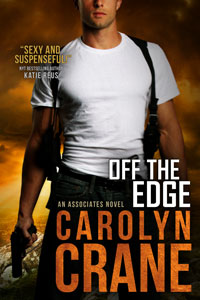
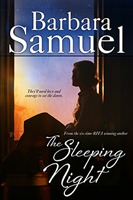
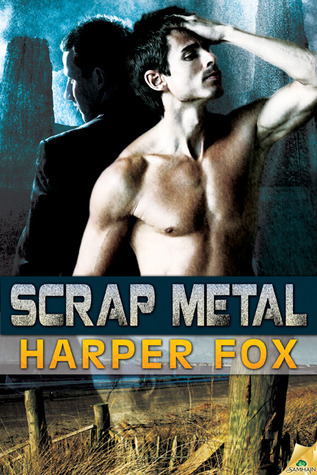
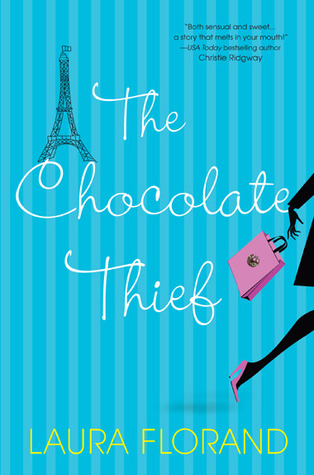
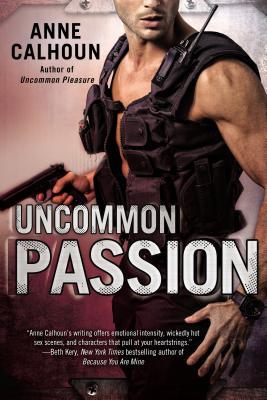
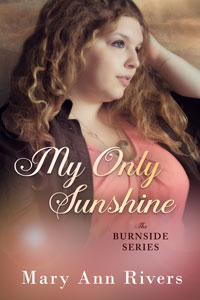
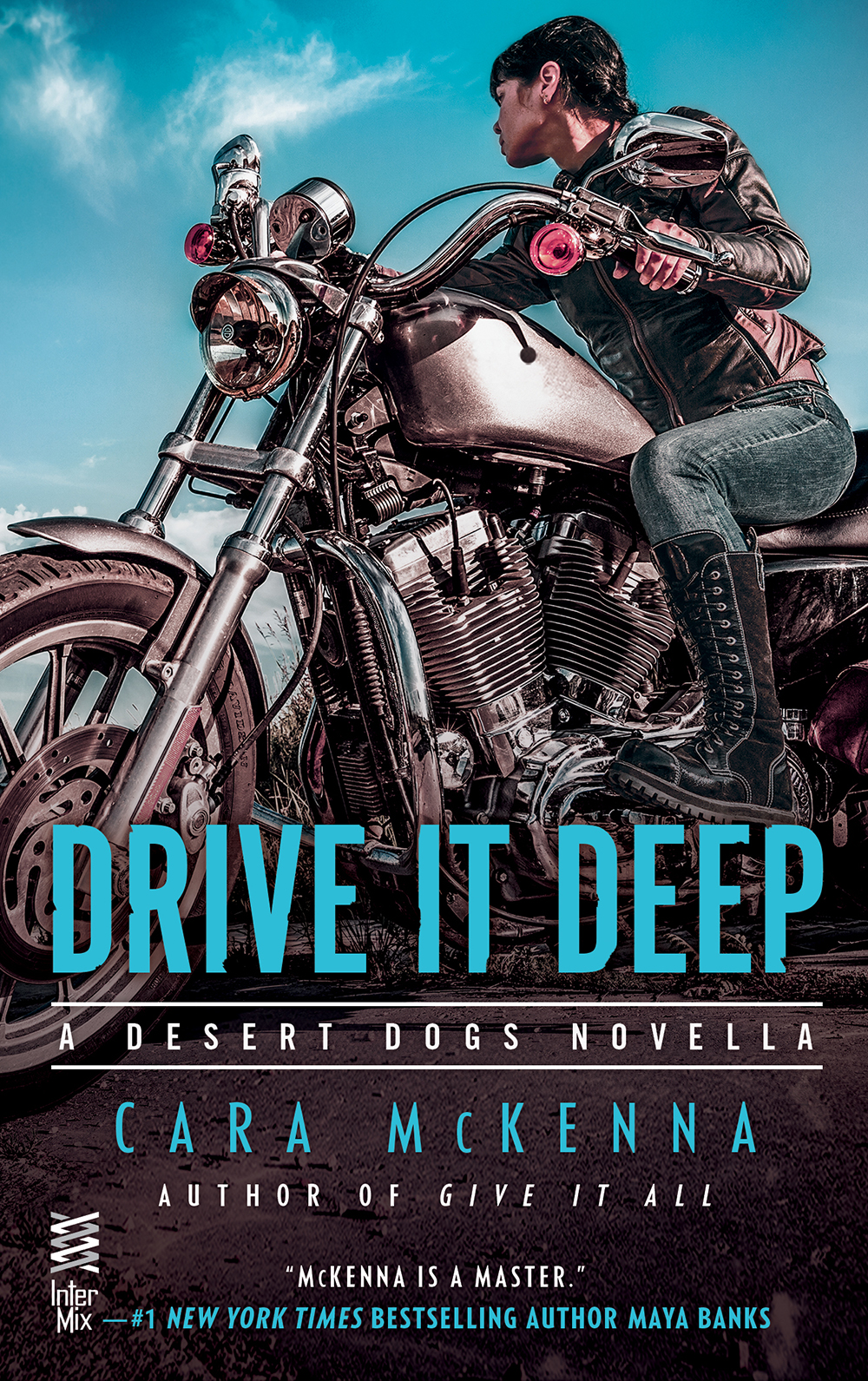
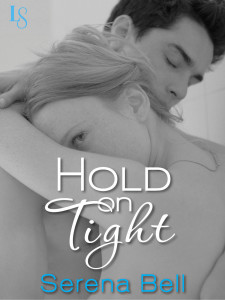
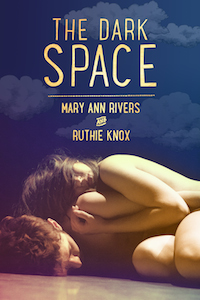
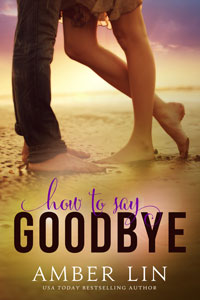
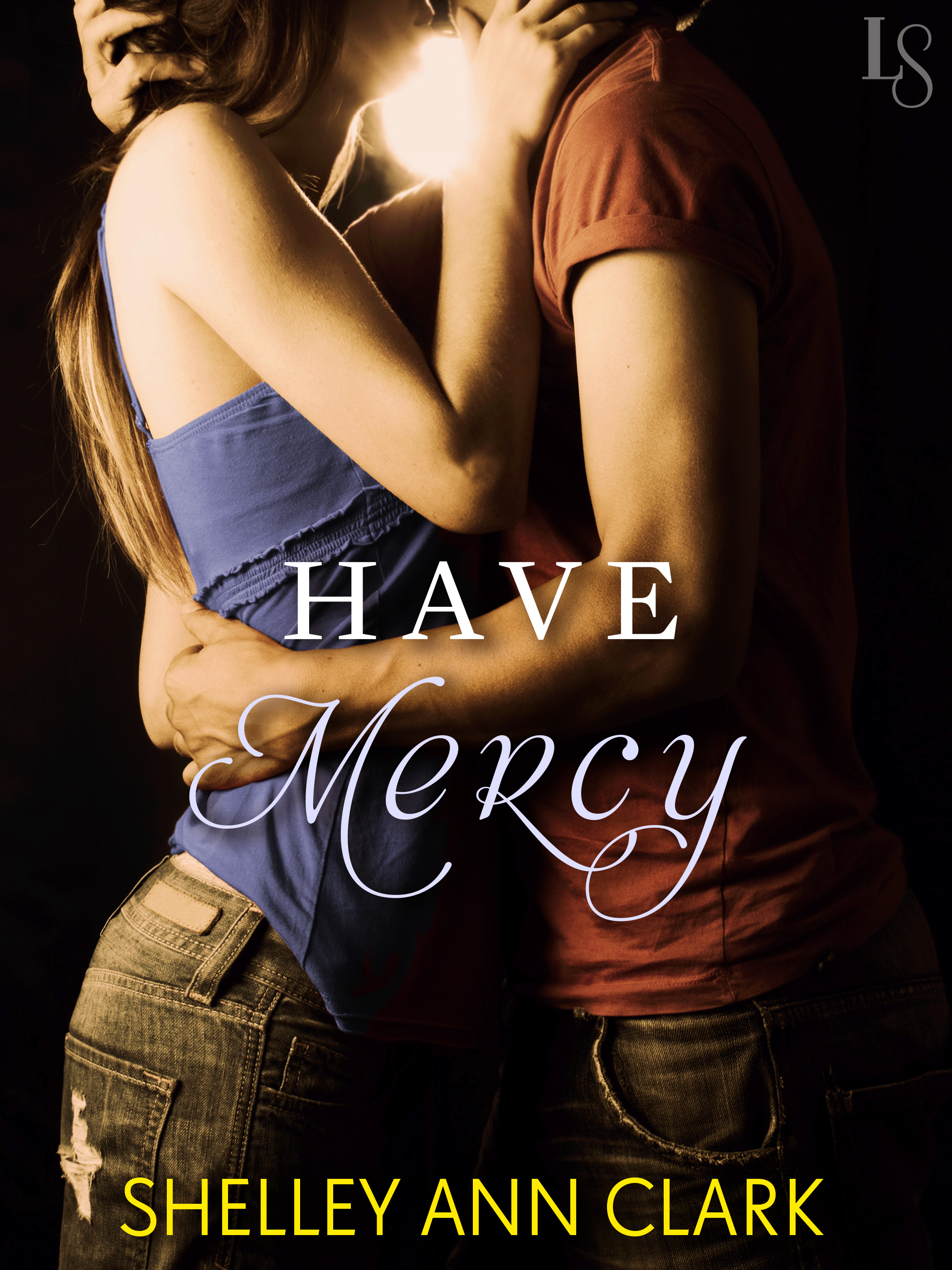
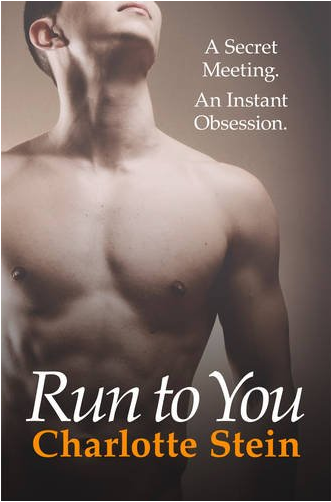
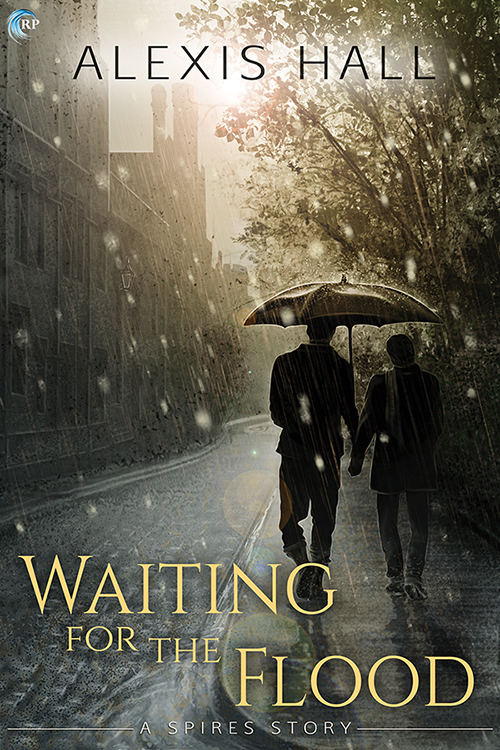
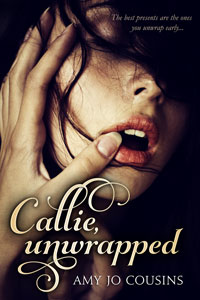
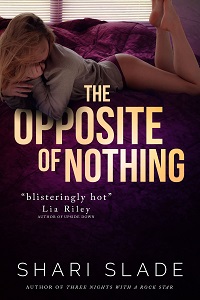
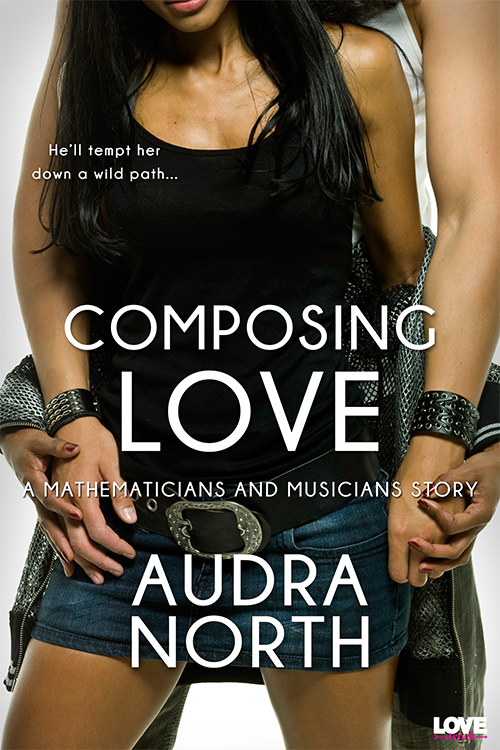
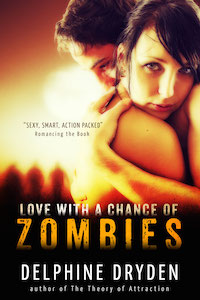
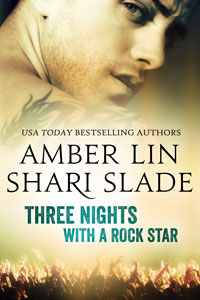
I was so disappointed there were no flowcharts. Sigh. But the rest was awesome.
Speaking of categories, I don’t see a lot of breakdown on sites like Amazon/B&N/even on some retailers that specialize in erotica. For example, you go to Amazon and look for erotica on their ebooks page, and it’s not there. Romance is there, but not erotica, which boggles my mind because they are very different genres with different rules, like Serena said.
Then, when you click on erotica (going through the romance door, like a crazy person), there are no subgenres. I’d love to see erotica broken down into themes. Sometimes I’m in the mood for m/m, sometimes I want an exhibitionism story, sometimes I want something with a paranormal vibe, etc.
Is anyone else bothered by this? And do people think this lack of categorization is due to loosely defined subgenre definitions or due to some other factor?
As a reader, it’s frustrating for me when erotic romance and erotica are used interchangeably because I mostly don’t like erotica. Most erotica has a tone that depresses me probably because it’s sex focused and I prefer the focus to be a love relationship. More and more I see erotica being used to mean sexy and it makes me look askance at those stories. Erotica has been around for what? Centuries, I think? Certainly, long before the modern romance genre. Back in my adventurous days, I sampled erotica so I have an idea what to expect out of it. Now when I see erotica used, I don’t know whether to believe it or not so books with that label get a red flag.